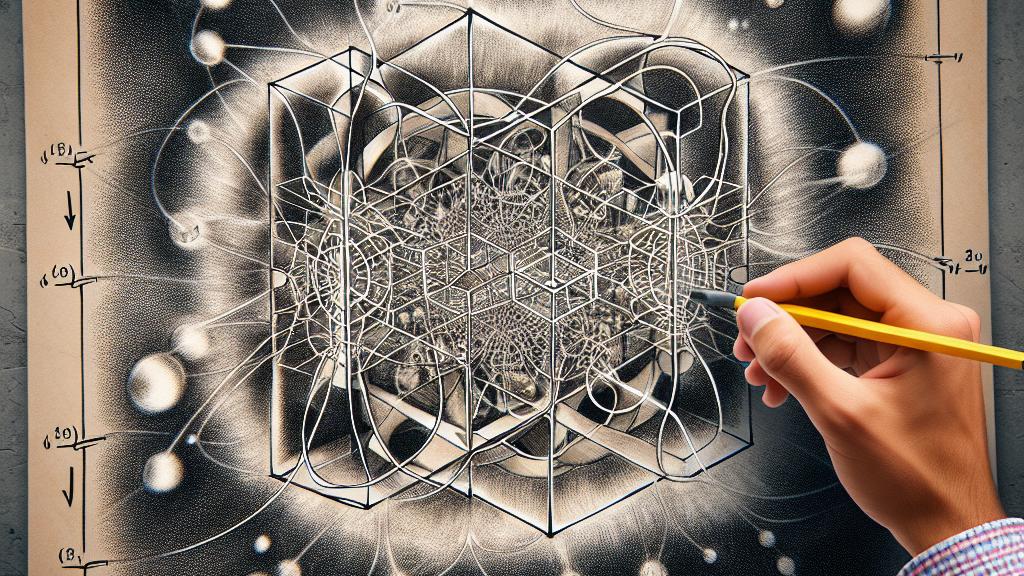Advancements in Optical Force Manipulation with Fermi Arc Shapes
Overview
- Introducing a groundbreaking method that enables the toggling of optical forces by manipulating Fermi arcs.
- This research highlights vast potential for applications in nanomanufacturing, drug delivery, and advanced biomedical technologies.
- The innovative technique showcases exceptional stability and flexibility, allowing it to work effectively with a wide range of particles.

Unraveling the Dynamics of Fermi Arcs in Optical Manipulation
In a remarkable leap for physics and materials science, researchers at the esteemed Chinese Academy of Sciences have made significant advancements in optical force manipulation through the insightful study of Fermi arcs within Weyl systems. These Fermi arcs, key indicators of nontrivial topology in materials, can now be ingeniously adjusted to alternate between pushing and pulling optical forces. By fine-tuning the thickness of specific air layers situated between two distinct Weyl materials, each characterized by unique topological charges, the research team expertly controlled the contours of the Fermi arcs. This innovative approach illustrates how small modifications can yield profound changes in the behavior of light and matter, thus redefining the boundaries of optical manipulation.
Decoding the Mechanics of Optical Forces
But how does this cutting-edge technique transform the way we understand optical forces? The secret lies in the intricate interplay between light and matter—akin to the way a careful breeze can guide a wayward leaf. Traditionally, light exerts a pushing force, which has been harnessed in various applications, such as optical tweezers. However, this groundbreaking research uncovers a novel mechanism to create a stable pulling force. Through the formation of concave Fermi arcs, the researchers generate an attractive force that can effectively draw particles of diverse shapes and sizes toward the source of light. Picture this: tiny drug particles being seamlessly directed to specific sites within the body, or essential alterations made in microfluidic devices to facilitate precise chemical reactions. Rigorous full-wave simulations substantiate this revolutionary method's efficacy, offering a vivid glimpse into the future of optical engineering.
The Future of Optical Force Manipulation: Endless Possibilities
The implications of this innovative research stretch far beyond academic curiosity, promising transformative changes across various industries. Envision a future where the precise alignment of optical forces leads to breakthroughs in nanotechnology and biomedicine. The ability to establish stable, bidirectional transport channels could minimize delivery errors and optimize drug administration methods, resulting in enhanced treatment outcomes and expedited patient recovery. Additionally, the constant availability of reliable pulling forces over extensive areas presents myriad opportunities for newly developed biosensors, capable of performing real-time analysis for environmental monitoring or rapid medical diagnostics. As scientists delve deeper into the realm of Fermi arc manipulation, the potential applications seem limitless, marking a pivotal moment in the evolution of optical technologies that could reshape multiple scientific landscapes.

Loading...